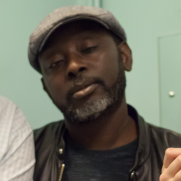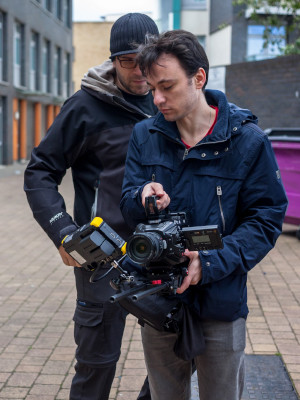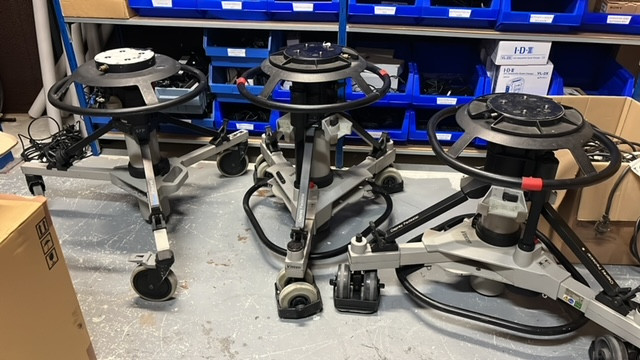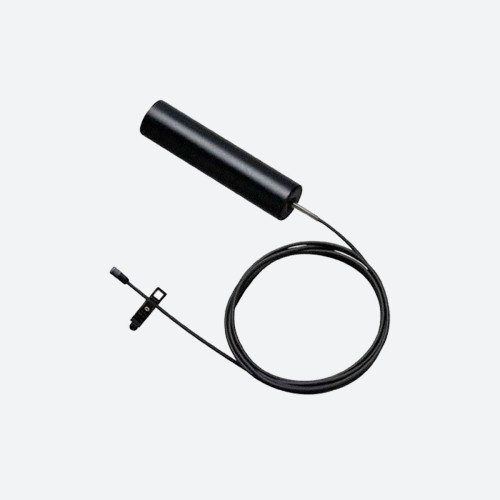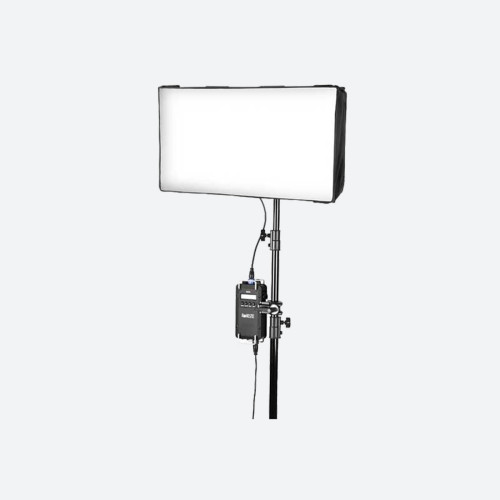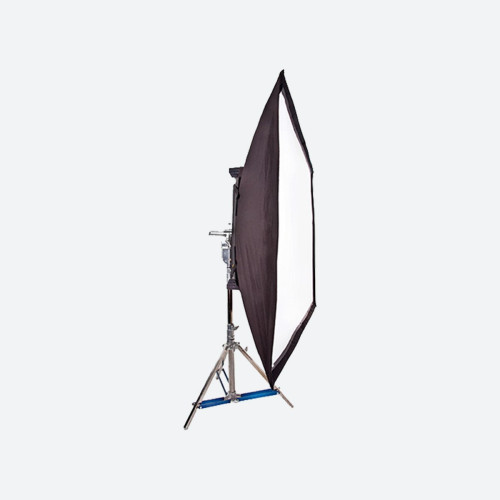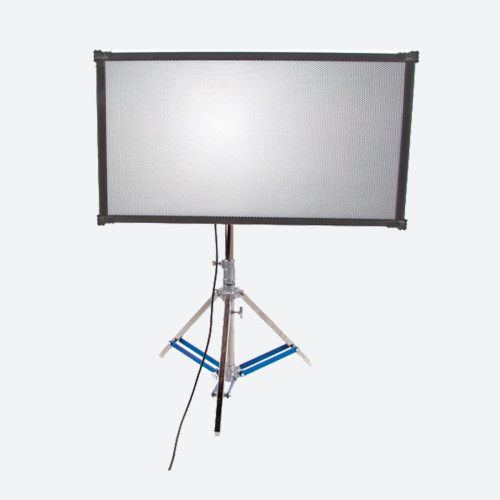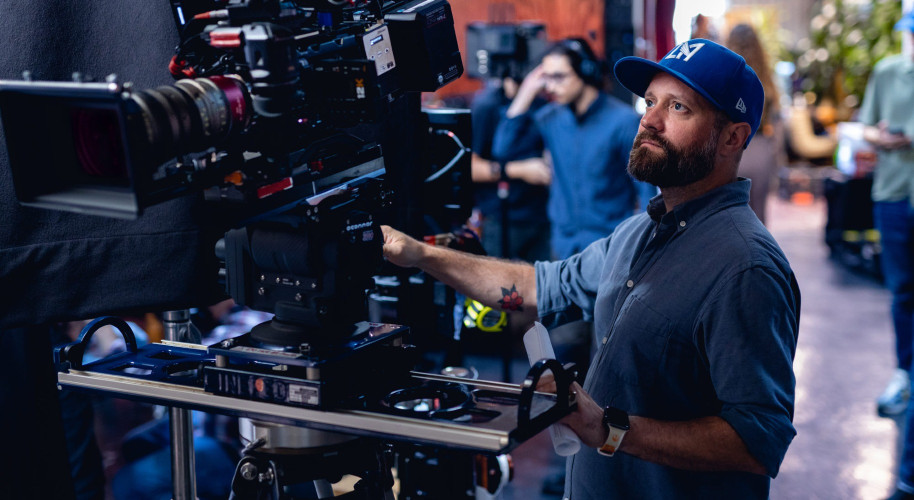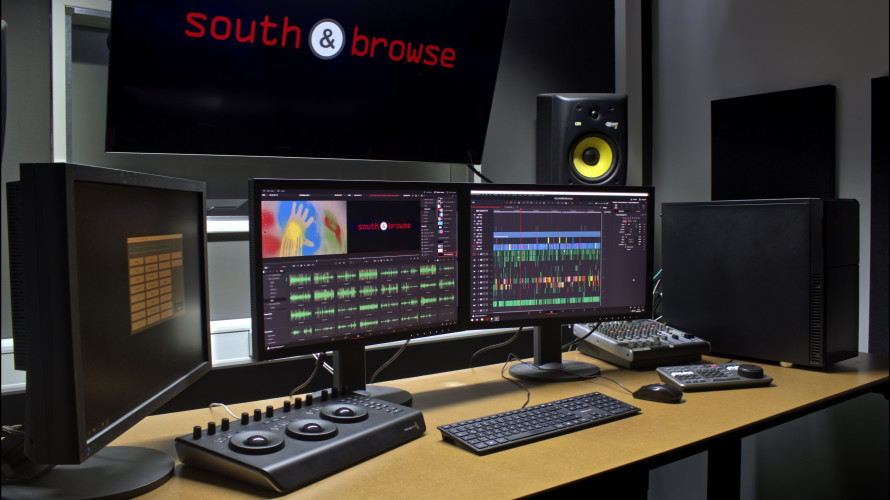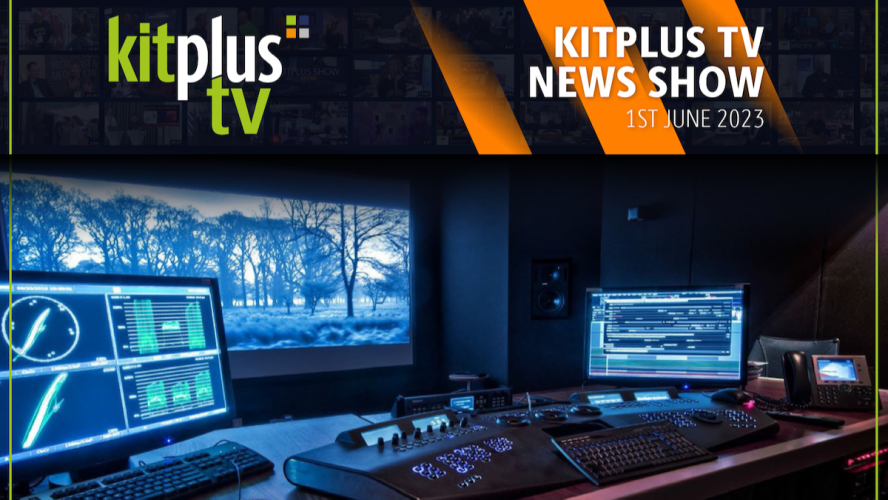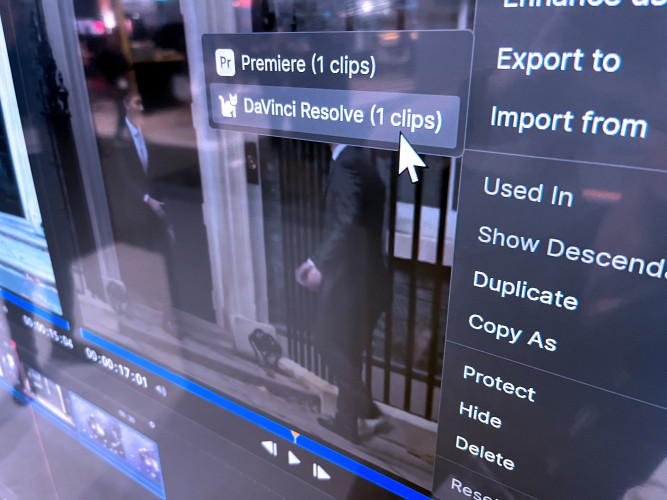London director Sam Addo tells us more about how he aims to change the status quo when it comes to onscreen diversity with his new feature, Cards on the Table.
“Over the past thirty years, filmmakers have made movies telling a wide range of stories, however, in my humble opinion, those with disabilities, from the LGBTQ+ community and or those from ethnic minorities remain underrepresented on screen. For example, it is rare to find a film where the lead character has a disabil ity, and that underrepresentation is worrying.”
So begins London director, Sam Addo. Driven by his frustration at the lack of breadth in the range of roles UK films portray, he decided to create his indie: Cards on the Table, to help change the status quo when it came to the way movies could represent minority groups.
Shot over seven days in the heart of East London, and produced by Sha dow Group and Fleeting Images, the coming-of-age feature follows four lifelong friends as they experience love, loss, and victories in life.
We caught up with Sam on the eve of the film’s private screening, where he and his team are expecting 150 guests. “This was not a tale about poverty or gangs. It’s a departure from the familiar street violence-fuelled urban films we see all too often. Instead, we see upwardly mobile friends from a variety of different backgrounds facing life head on,” he reveals.
“I suffer from glaucoma and am slowly going blind. One of the supporting cast suffered a stroke weeks before production, but still managed to feature in the film and we have a delightful actor with cerebral palsy. D isabilities are very much a real and regular part of everyday life. Our debut feature reflects that too, and we hope it paves the way forward in the film space.”
Sam and his small team shot in 4K using an Ursa Mini Pro 4.6K (first generation) and captured in ProRes, relying on a simple LUT to help simulate the desired final contrast.
“The Ursa Mini seemed like the right camera for the job,” Sam continues. “Its relatively small form factor paired with its visual performance and ease of use made it a no brainer for us. This was crucial as we shot in some very tight spaces, and our production timeline was incredibly tight, often working upwards of 14 hour days.”
“As many would attest, shooting while viewing something completely flat can lead to some poor decision-making when working in a time pressured environment, so having the LUT to add non-destructive contrast to what we were viewing gave a lot more confidence to the shooting experience, adding to our productivity on set.”
Sam adds that slow pans and static shots were the mainstays of Cards on the Table shoot. “As such, we relied quite heavily on 35mm and 85mm primes as our go- to lenses for the shoot.”
“We used a small monitor for recording, and mounted it to the camera so that both I and the 1st AC could see the shots as they unfolded. The focus always had to be on the drama, so camera movement was used sparingly,” he adds. “The only exception to this was one of our frantic finale scenes. The drama and action were so intense that we could we with a shoulder shot to give us more natural movements, and that helped to emphasise the protagonist’s emotional instability.”
The final step was post- production, which was completed in DaVinci Resolve.
“W e were already aware of Resolve as a colour grading tool but we wanted to explore its editing capabilities more, so interestingly its grading potential was actually a secondary consideration in this instance ,” Sam explains.
“We also used Resolve’s Fairlight page to automatically sync the audio track to our edit, which saved us hours. After this, there were only some minor audio glitches to fix. This is something I hadn't come across in my old NLEs, so it was extremely welcome!”
Choosing to edit linearly, Sam used JKL cuts a s well as drag and drop functions to cr aft smooth flashbacks sequences that explored the lead characters’ past .
The final step was the grade, which was kept both warm and consistent. That helped to highlight the inherent positive social standing of the main characters and to ensure the audience remained engaged throughout.
Learn more about Cards on The Table, and find a screening near you at https://cottfilm.com



